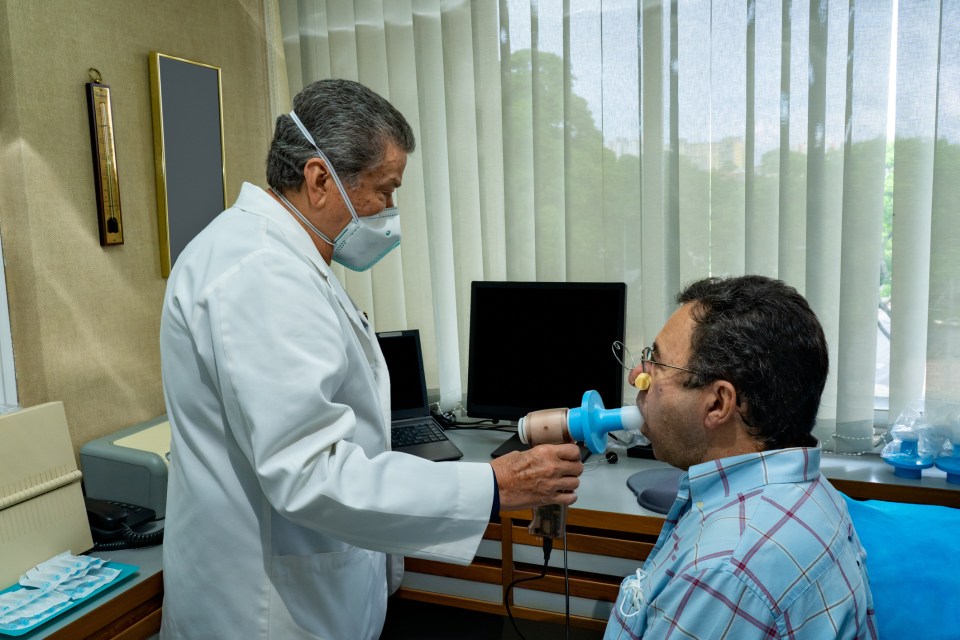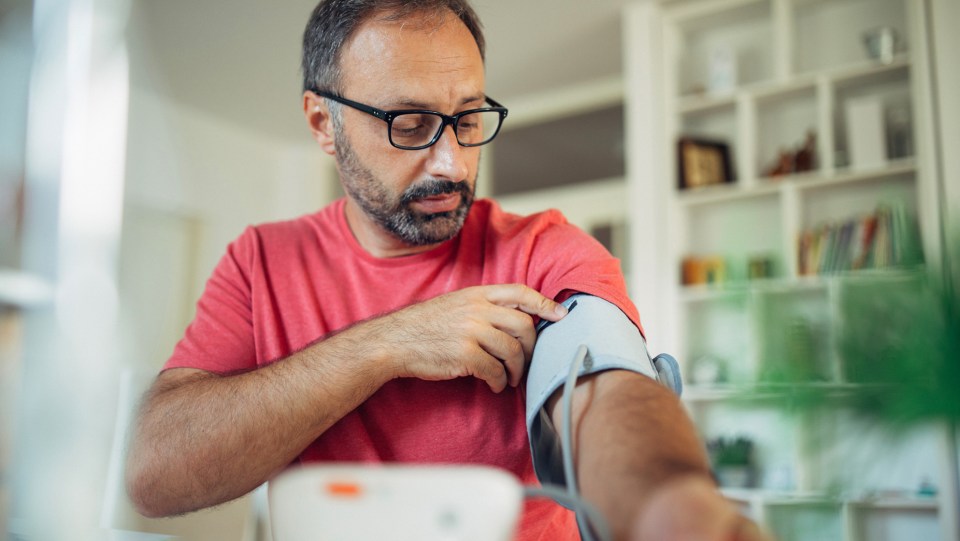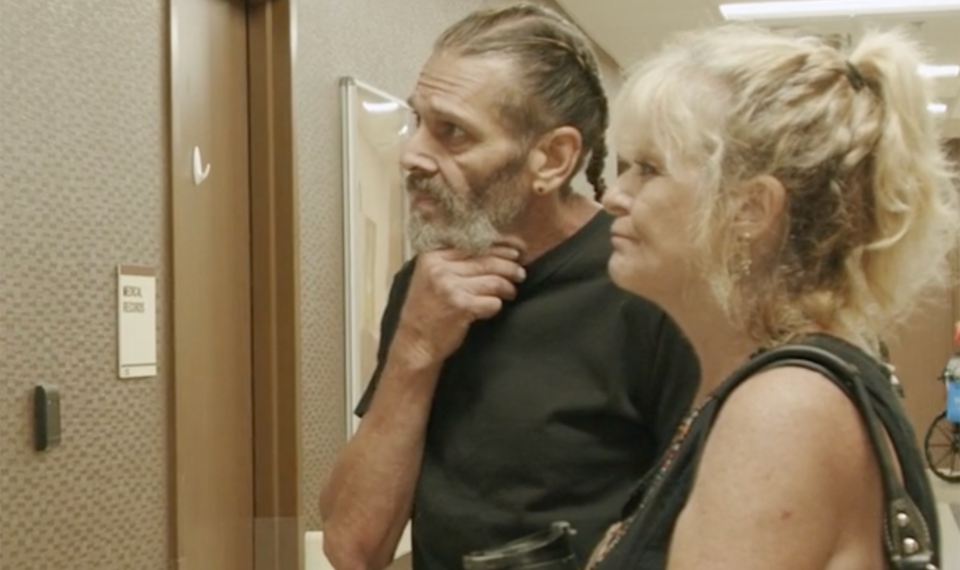If you or a loved one have a chronic lung disease such as COPD or asthma, pulmonary rehabilitation could be right for you.
Pulmonary rehabilitation is a supervised medical program that combines exercise and education to help those with lung disease better understand their condition and live with it.
“The purpose is to promote independence as much as possible,” said Aman Dhaliwal, a respiratory therapist at Encompass Health Rehabilitation Hospital of Bakersfield in California. ” We want to help you know more about your process and how to manage lung disease at home and still do daily activities and socialization.”
While pulmonary rehabilitation cannot cure chronic lung disease, it can help you manage symptoms.
Who is Right for Pulmonary Rehabilitation?
Pulmonary rehabilitation is typically for people with chronic lung disease but can also be beneficial to those who have breathing issues because of poor air quality or those with valley fever, an infection caused by a fungus in the soil. More recently, Dhaliwal said it’s also been beneficial for those recovering from severe reactions to COVID-19.
The most common conditions treated in a pulmonary rehabilitation program include:
- COPD
- Asthma
- Cystic fibrosis
- Pulmonary hypertension
- Lung cancer and lung cancer surgery
Where Does Pulmonary Rehab Take Place?
Pulmonary therapy can take place in the inpatient or outpatient setting. Some activities and breathing exercises can also be done in the home. Your care team should include a respiratory therapist, physical therapist, dietitian, nurse and physician. When entering the program, they will determine the level of treatment you need, as well as work with you to meet your individual needs.
“Our goal is to decrease shortness of breath and enhance your quality of life,” Dhaliwal said. “We want to improve your condition and help you have a better understanding of how to self-manage it.”
At Encompass Health, she said the program is typically five days. On day one, your care team will do an assessment to see where you are in your breathing and understanding of your condition. Then on day two, they will focus on breathing techniques and what to do on a daily basis to manage the disease. On day three the focus will shift to medications, and on day four they will look at your triggers and how to manage them.
“On day five, we’ll discuss activity tolerance and when to call a doctor,” Dhaliwal said. “We’ll also talk about diet and some of the more emotional aspects of your condition.”
Pulmonary Rehabilitation Near You
Learn more about pulmonary rehabilitation at Encompass Health and find a location near you.
Find a LocationWhat are the Components of a Pulmonary Rehab Program?
Most programs have three main focuses: education, exercise and emotional support.
Education
Your care team will teach you about your disease, as well as your treatments. They will provide tips on how to manage your breathing to minimize symptoms.
Your team can also educate you on using certain breathing tools, such as a spirometry test, which measures how much air you inhale and exhale. If you require an oxygen tank, your team will teach you how to safely use one at home. “You can get too much oxygen, which can very dangerous,” Dhaliwal said. She suggests talking to your pulmonologist before increasing your oxygen levels and talking some deep, calming breaths first.
Dhaliwal said education is not just for the patients. It also extends to the family members and primary caretakers.
Exercise
Your respiratory therapist and physical therapist will work together to help you tolerate exercise and know your limitations. Dhaliwal said a respiratory therapist can check your oxygen levels as a PT takes you through certain exercises to help determine the amount of physical activity you can do before your oxygen levels drop, and you need a break or even a breathing treatment.
“We want you to take it one step at a time,” Dhaliwal said. “If you feel short of breath, sit down and catch your breath.”
Emotional Support
Dhaliwal said emotional support is also a critical factor in your rehabilitation, especially if your shortness of breath is preventing you from participating in those activities you used to enjoy.
“We do provide emotional support, especially for those who are new to being on oxygen support,” she said. “A lot of times if a person is very social, and then they go on oxygen, they don’t feel comfortable going out with the tank and are very self-conscious about it.”
In addition to providing emotional support, your care team can also provide you with solutions. For example, Dhaliwal often helps those new to oxygen get a portable tank that’s easy to carry and less obtrusive than an oxygen tank when traveling or going out.
Goals of the Program
The goal of a pulmonary rehabilitaiton program will be to get you back to as much independence as possible and help you manage your condition and treatments.
“We want to help you understand what’s going on and how to control it and live with the disease so you can do the activities you need to do,” Dhaliwal said.
The content of this site is for informational purposes only and should not be taken as professional medical advice. Always seek the advice of your physician or other qualified healthcare provider with any questions you may have regarding any medical conditions or treatments.



